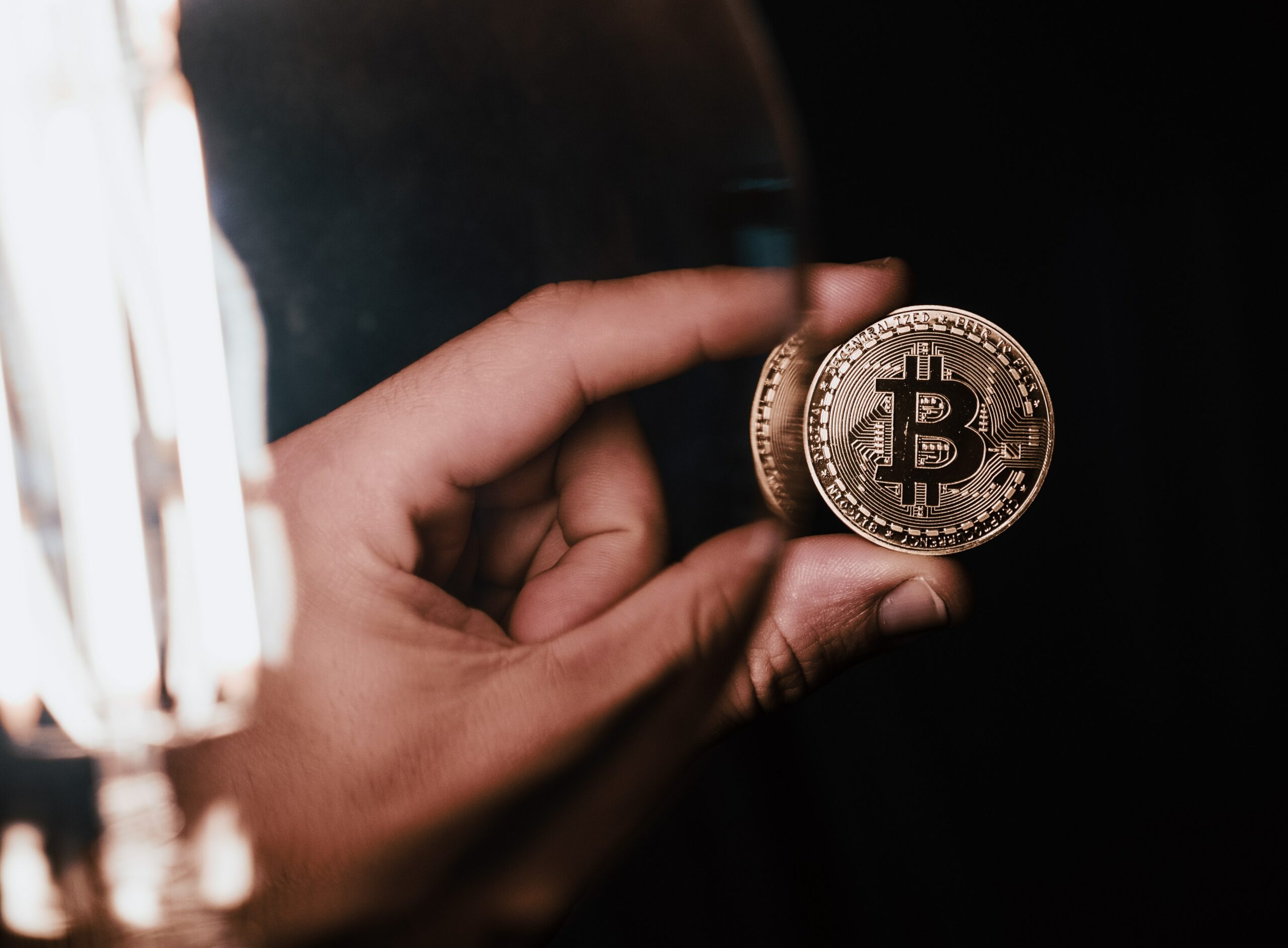
In anticipation of yesterday’s launch of $BITO, there has been an increase in discussions around, and misinformation on, bitcoin futures ETFs.
What do investors need to know? Let’s discuss.
On various accounts, the $BITO launch has been referred to as that of a “Bitcoin ETF.” This is incorrect, and a deceptive representation of the product. There are nuances to futures ETFs that investors must be aware of before responsibly investing. Yes – we’ll cover contango.
The first thing investors need to know is that, by buying a BTC futures ETF, you are NOT buying BTC. You do not own it.
There are 0 physical bitcoin ETFs available in the U.S. to provide investors with exposure to BTC directly; there have been several applications submitted, but none yet approved.
What is a “physical” bitcoin ETF?
Investing in a physical ETF simply means that you are holding the underlying asset with exposure to its spot price (an asset’s current market price), rather than $BITO, which gives investors exposure to the BTC FUTURES market.
What are futures? Let’s review.
Financial futures are contracts that enable investors to speculate on the direction of a commodity or other instrument at a later date. These contracts typically require high $ investments, thus necessitating the creation of a more retail-friendly ETF product.
Futures are considered quite risky – they require investors to take speculative bets on the future performance of assets, often with large amounts of leverage. When put into 40-Act form, there are limitations on the amount of leverage that can be taken. When the underlying asset itself is also volatile, this creates a high amt. of risk unsuitable for most retail investors
For those hoping to gain access to the bitcoin futures market by investing in a bitcoin futures ETF, there are a variety of considerations to be made before doing so. As always, we highly recommend that you #EducateBeforeYouAllocate and consider all reasonable alternatives.
Know what you’re investing in… do you know what makes up the total return of a futures contract?
While physical ETFs obtain returns from exposure to the underlying assets in its basket, TR of futures (& futures ETFs) are made up of 3 components: spot, cash yield, & roll yield
- Spot price – The current market price of the asset
- Cash yield – The interest earned on collateral required to be put up for the futures contact (these assets are typically held in cash – hence the name)
- Roll yield – Return produced in the futures market when an investor rolls (extends the expiration of) a short-term contract into a longer-term one, ideally benefiting from the convergence of that futures price toward a higher spot price. Buyer beware: roll yield CAN go negative,
You’ve probably seen the word contango thrown around… what is it?
Contango is when the futures price of an instrument is higher than the spot price of that asset at a given point in time. The opposite of contango is backwardation.
When contango is present, the spread between the spot price of an asset and the futures price acts like a convenience tax for investors who prefer to invest in the derivative rather than the underlying asset.
Headwinds of contango aren’t a one time “tax” – via compounding, the divergence between futures & spot is extrapolated over time. Historically speaking, the BTC futures curve is usually in contango; those owning a futures ETF over the long term will likely recognize a meaningful difference vs. BTC spot markets.
The average cost of contango can be anywhere between 5-15% annually – in addition to the volatility that comes with investing in the futures market, this is a material number for long-term investors to consider vs. direct ownership of the underlying.
Matt Hougan of Bitwise recently published a great thread on contango for those who want to learn more: https://twitter.com/Matt_Hougan/status/1450228443363217408?s=20
So, how can investors get exposure aside from a futures ETF?
- Direct ownership
- Public trusts
- Index Funds
- Canadian spot ETF
- Managed liquid strategies (crypto hedge funds like Blockforce Capital)
- Venture Funds
- In the future: A spot/”physical” ETF, if approved in the U.S.
Whatever method you choose to get exposure to bitcoin or the bitcoin futures market, it’s imperative that you fully understand the ramifications of where you’re investing your money.
#EducateBeforeYouAllocate on all things crypto and DeFi at academy.onrampinvest.com
